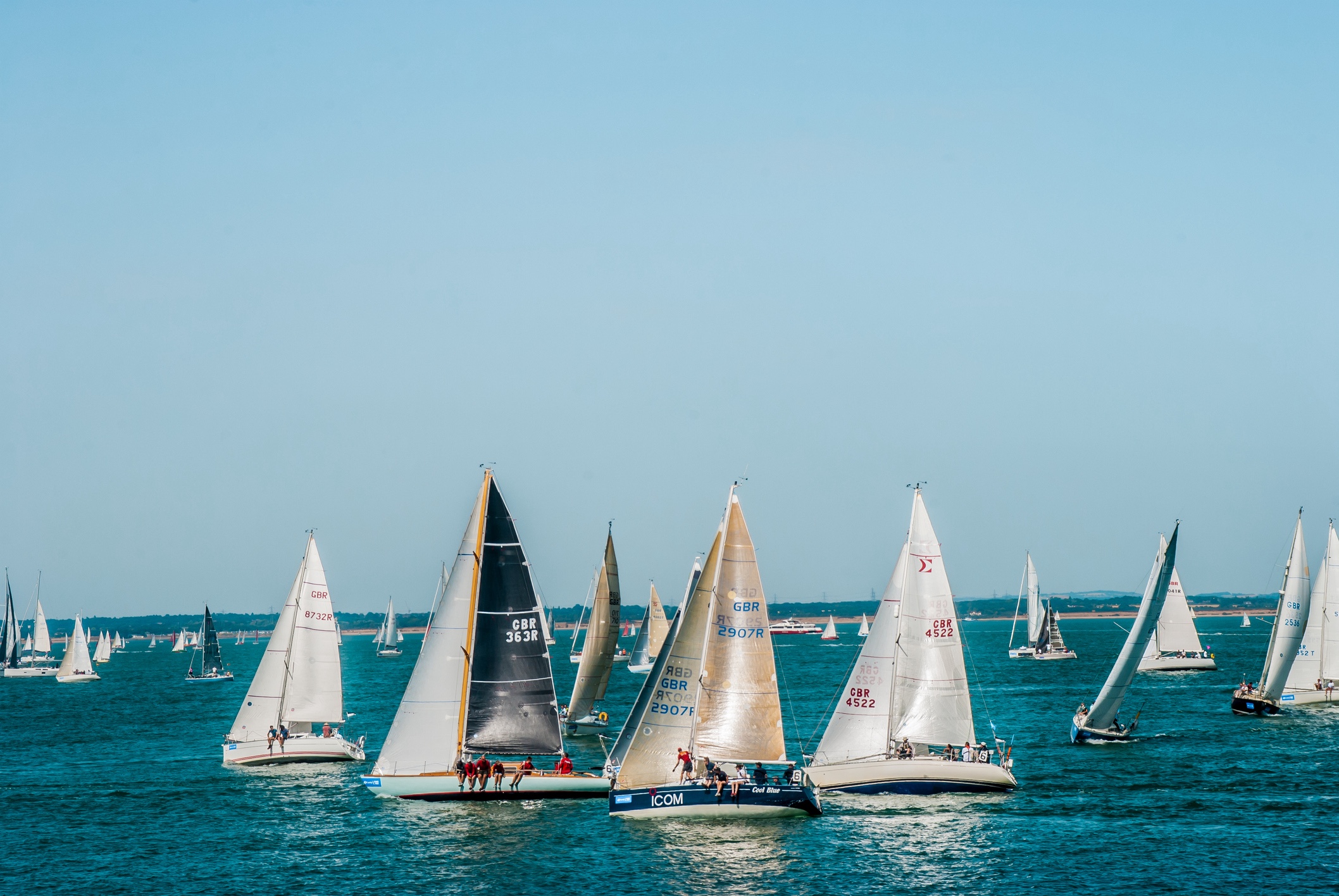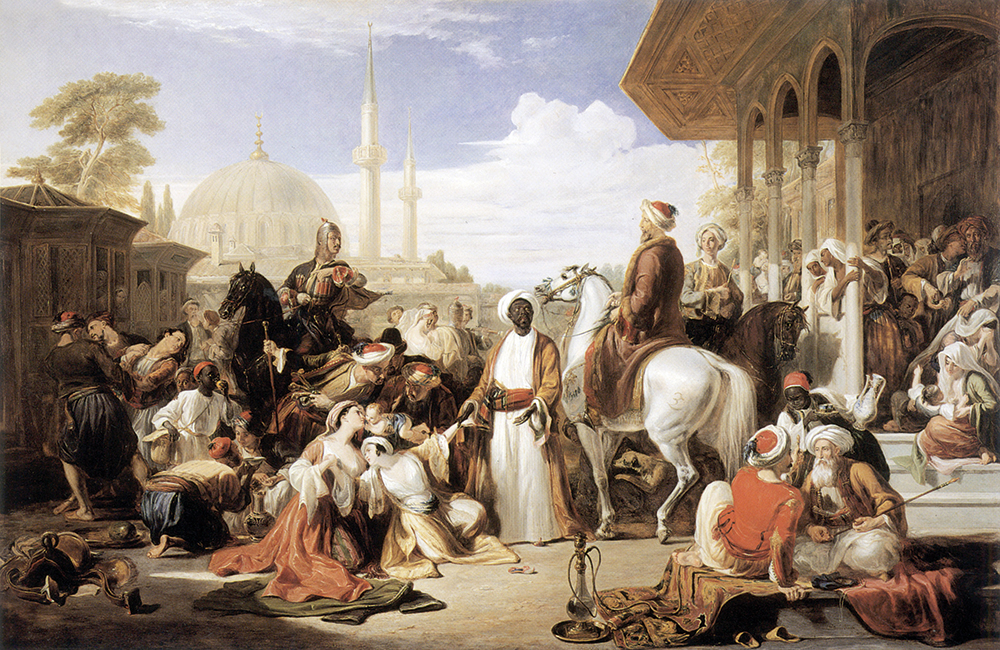These days, most English seaside towns are sites of national mourning. You pay your respects by walking up some deathtrap pier, dropping two pence in an arcade coin pusher and whispering, your flower now on the grave: ‘Ashes to ashes, dust to dust.’ But Cowes, on the Isle of Wight, has managed to stave off this sorry end. Its secret is Cowes Week.
Cowes Week, which starts today, is an annual sailing regatta. It has earned its place as a respected event in Britain’s sporting calendar – always in August, between Glorious Goodwood and the Glorious Twelfth – but its beginnings were unambitious. On 10 August 1826, following an advertisement in the Southampton Town and Country Herald a fortnight before, ships raced from Cowes to Southsea Castle near Portsmouth and back, eight nautical miles each way, for a prize of £100. Cowes’s genius – and what has secured its survival – has been turning this local lark into a money-spinner: ‘Cowes Week, The Oldest Sailing Regatta In The World.’
While Poole and Bournemouth are still flogging sticks of rock to the same diminishing group of day-trippers, Cowes has rebranded as a ‘sailing town’. To get technical, it has mastered what The Spectator’s Wiki Man Rory Sutherland calls ‘reverse benchmarking’. Rather than trying to compete with other seaside towns on the usual terms – best fish and chips, nicest beach – Cowes has gone its own way. It has a Henri Lloyd, some lovely bakeries, a big M&S and a nice restaurant that sells expensive seafood platters. The beach is not great, but no one cares.
Before Cowes Week, Cowes was a dull administrative centre for the British Empire. Rice from the American colonies was brought to the town, which is at the northernmost point of the Isle of Wight, to clear customs before being distributed across Europe. Tourists only really started coming to Cowes when Queen Victoria built a palace in Italian renaissance style on a cliff on its eastern outskirts. Prince Albert said that the vista, overlooking the grey and murky Solent, reminded him of the Bay of Naples.
While Poole and Bournemouth are still flogging sticks of rock to the same diminishing group of day-trippers, Cowes has rebranded as a ‘sailing town’
Perhaps Albert was getting ahead of himself, but the Isle of Wight does have a foreign allure. This makes the rebrand to ‘international sailing town’ believable. Friedrich Engels, who visited the island often, said it was a ‘little paradise’, and oddly also compared it with Naples. Engels was apparently drawn to the Isle of Wight after reading a book by James Clark, a physician, who wrote in 1829 that the Isle of Wight’s air had miraculous medicinal properties. ‘[The island] possesses several peculiarities of climate and situation,’ said Clark, ‘which render it a very favourable and commodious residence throughout the year for a large class of invalids.’
There are still some wrong ’uns around the Isle of Wight, and around Cowes. Last year, a criminal who was on the run registered himself as living at my parents’ address for the purpose of acquiring a driving licence, and I have also become friendly with a former convict who likes to pick magic mushrooms from a field near the town. HMP Isle of Wight, a high security ‘super prison’, is a ten-minute drive from Cowes. It was once home to the Kray twins and the Yorkshire Ripper. David Icke also lives on the Isle of Wight. Criminals, conspiracists and cosmopolitan sailors share Cowes happily.








Comments